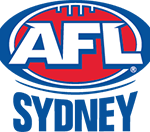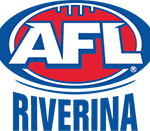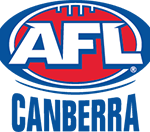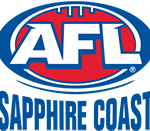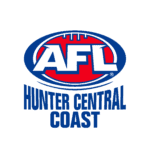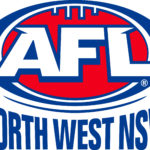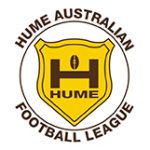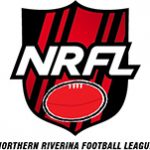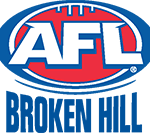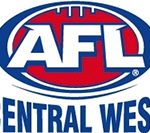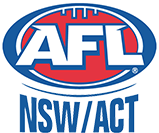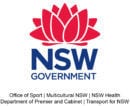Cummeragunja, the Aboriginal football team that was too good
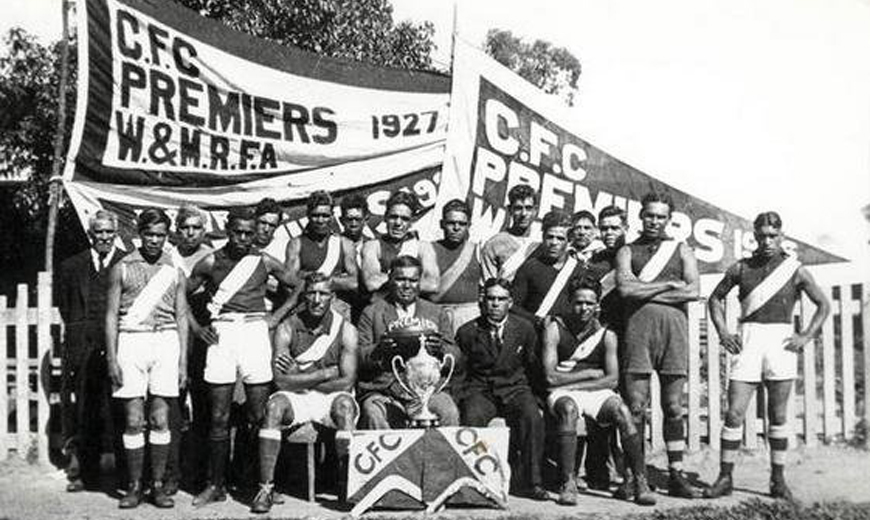
Sir Doug Nicholls learnt to play football on the oval at the Cummeragunja aboriginal mission on the banks of the Murray River in NSW. The Cummeragunja footy team was so successful in the local competition in the 1920s they were handicapped.
Dr Rod Gillett from the NSW Australian Football History Society recounts the story of the Cummeragunja footy team that was too good.
The Cummeragunja premiership team in 1927
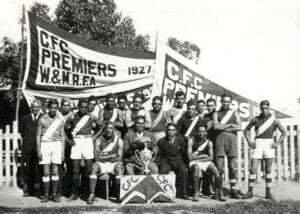
Seated in the front row: Bob Nelson, Tom Dunolly snr, Dowie Nicholls, Tom Dunolly jnr (Source: Yorta Yorta Nation Aboriginal Corporation)
The Cummeragunja footy team, where Sir Doug Nicholls first played football before he commenced an illustrious career in the VFL, was so successful in the 1920s that it was handicapped by the local league.
After winning the Western and Moira Riding district league premierships five times out of six between 1926 and 1931, the club was not allowed to field players over the age of 25.
Sir Doug, was born and raised on the Cummeragunja aboriginal mission on the NSW bank of the Murray River in the Barmah Forest near Echuca. This mission was established in 1888 by the NSW Government for the Yorta Yorta people.
Sir Doug played football for Cummeragunja before embarking on a football odyssey that would take him to play at the highest level in Melbourne and to various roles in aboriginal advancement, culminating in the Governorship of South Australia.
It is not known if he played in the Cummeragunja team that won the 1921 pennant. We do know that Sir Doug went to play for Tongala in the Goulburn Valley League in 1925.
He moved to Melbourne in 1927 to try out with Carlton but was rejected because of his colour, went to VFA club Northcote where he played in the 1929 premiership and won best and fairest awards, and then to Fitzroy from 1932-36, and then back to Northcote. He represented both the VFA and the VFL.
After their premiership win in 1921 Cummeragunja were excluded from the league, but were subsequently reinstated, and then went onto even more success.
Some the players in those Cummeragunja premiership teams were Aaron, Selwyn Les and Eddie Briggs; Lindsay Whyman; Maurie Charles; Sid Williams; Gringo Morgan; Bob Nelson; Eddie and Frank Atkinson; Andy Cooper; Ossie Jackson, Tommy Dunnolly Jnr; Wally Nicholls and Herbie, Joe, Fred and Eddie Walker.
Many of these family names are still prominent in football in southern NSW and northern Victoria. Former Carlton star Andrew Walker has recently returned home to coach Echuca.
Roy Hay in his acclaimed work Aboriginal People and Australian Football in the Nineteenth Century: They Did Not Come from Nowhere has unearthed recollections from the children of teachers at the Cummeragunja school in 1922 who recalled barracking for “Cummera”:
“The dark men were very good players. They were marvellous. They could run like hares. They used to play marking the ball – that sort of thing – and used to rise up you know. And they used to pass the ball right down the ground and they would shoot goals from any angles. They were marvellous and they were nearly always premiers” (p.91).
The earliest records of Cummeragunja playing football in the district are in 1888 when a mission team played Echuca. In 1890 a competition known as the Northern District Football Association based on Echuca was formed made up of teams from Echuca, Echuca East, Rochester, and Cummeragunja.
By 1898 Cummeragunja were competing in the Nathalia and District Association and they went through that season and the following year without losing a game.
However, though they regularly played matches against teams in the local area, the Cummeragunja team had problems getting off the mission as permission was required by the station manager.
Cummeragunja continued to field a team up until World War II when they were in the Echuca district league. In 1939 they lost narrowly to Deniliquin in the first semi-final.
Sir Doug returned to home to Cummeragunja for his last game in 1940 for a fund-raising game against Echuca at the Victoria Park Oval in Echuca.
References
Athas Zafiris (2016), “Cummeragunja aboriginal football team that opened the eyes of white Australia”, shootfarken.com.au
Roy Hay (2019), Aboriginal People and Australian Football in the Nineteenth Century: They Did Not Come from Nowhere, Cambridge Scholars Publishing, Newcastle upon Tyne UK. Paperback version is available from the author roy@sesasport.com.au
